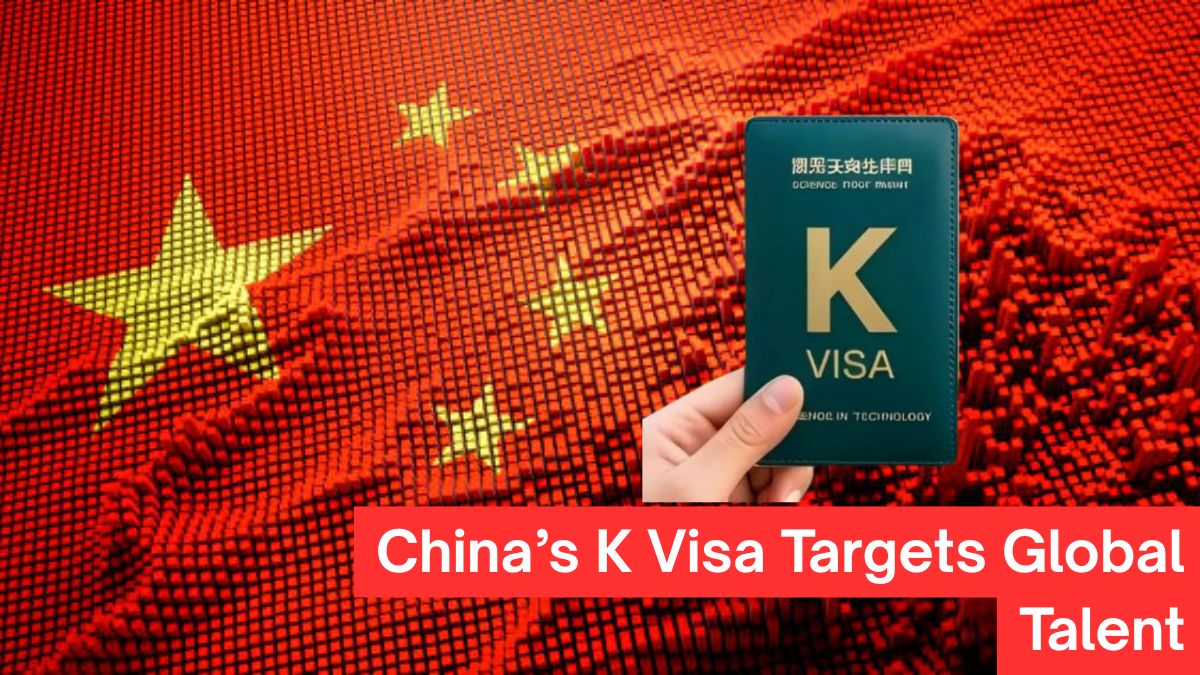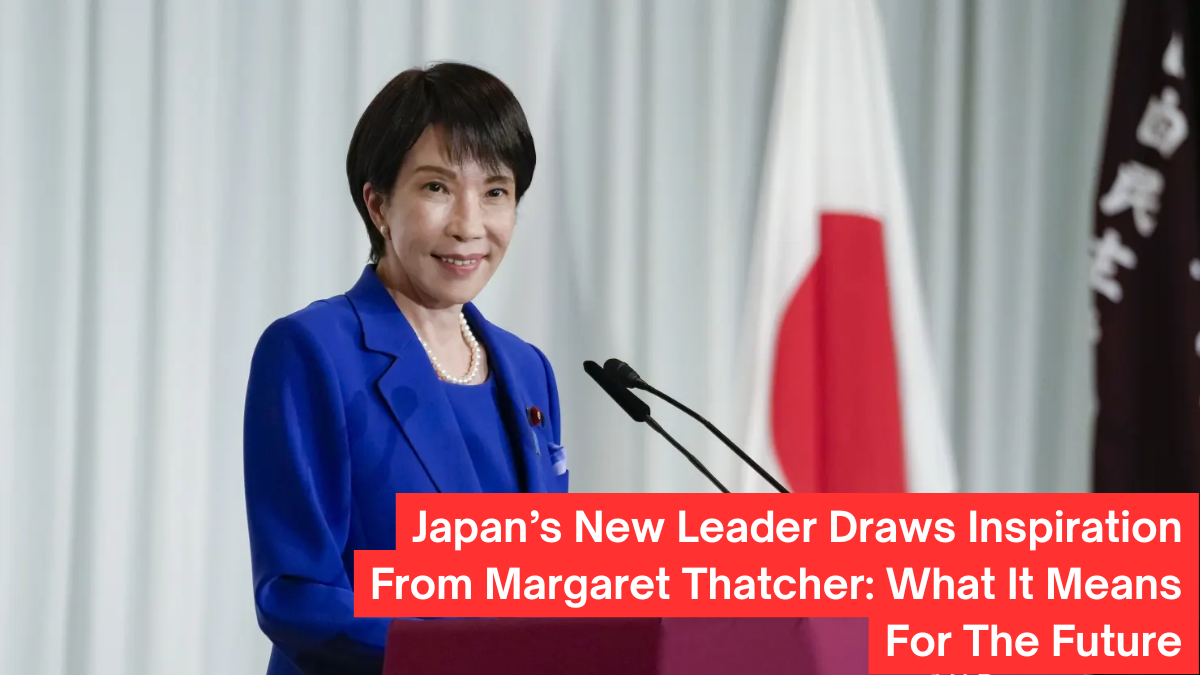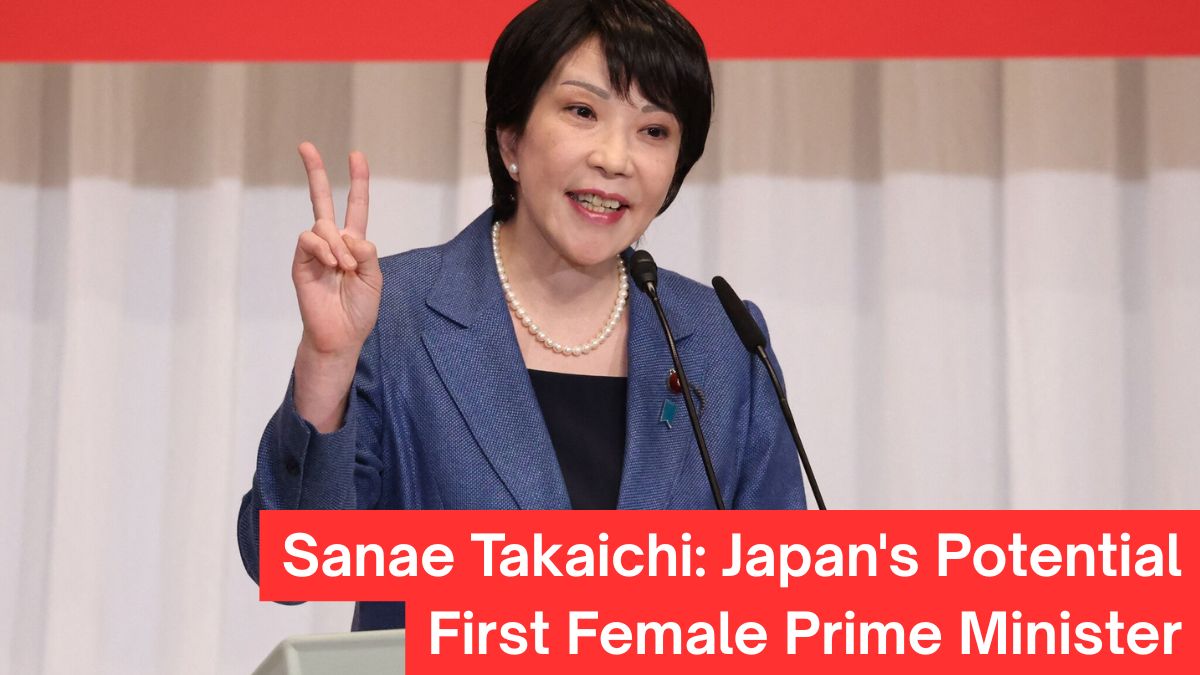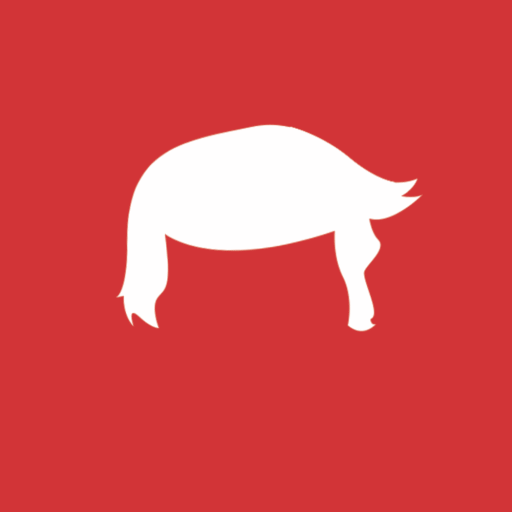On October 1, 2025, China will start using its new K visa. This policy change has sparked debate around the world. The timing is interesting because it comes just days after the US announced a $100,000 annual H-1B fee, which has led to more comparisons between the two systems.
China’s K visa is different from the U.S. framework because it is meant to attract early-career STEM professionals by getting rid of things like employer sponsorship. Beijing says this is part of its larger “Talent Power Strategy,” which aims to cut down on its dependence on foreign technology and speed up innovation at home. Still, there are questions about whether cultural and political factors could make it less popular around the world.
Key Takeaways
- China launches K visa on October 1, 2025, targeting young global STEM professionals.
- Designed to compete with the U.S. H-1B system, which now carries a $100,000 annual fee.
- Independent applications, flexible validity (1-5 years), and no job sponsorship required.
- Includes pathways to permanent residency and access to R&D hubs like Shenzhen AI labs.
- Projected to draw 10,000+ applications in the first month despite cultural and geopolitical hurdles.
Core Features Of The K Visa
In August, changes to China’s State Council entry-exit rules made the K visa possible. It adds a new type of visa just for “young science and technology talent,” which is an addition to the current 12 visa categories.
Key benefits include:
| Feature | Details | Edge Over H-1B |
|---|---|---|
| Eligibility | Ages 18–45 with STEM degrees from global universities, or professionals in STEM education/research. | Avoids H-1B lottery (85,000 slots) and employer sponsorship. Open to all nationalities, including India, which accounts for 71% of H-1B visas. |
| Flexibility | Multi-entry, 1–5 year validity, allows startups, research, cultural exchanges, and business. | No employer lock-in, unlike H-1B’s job dependency. |
| Application | Direct through embassies, digital-first process, low fee (~$140). | Faster than U.S. procedures; no invitation letter required. |
| Pathways & Support | Potential route to residency, access to innovation hubs, and subsidies up to 5 million yuan. | U.S. green card path remains restrictive and slow. |
Experts say this is more than just a change in paperwork. It is a talent acquisition drive that costs more than $700,000 per recruit and focuses on areas where China is behind in execution, even though it has the most patents, like AI, biotech, and quantum technologies.
Responses from around the world and online discussions
There has been a lot of talk about the “China K visa” on X (formerly Twitter), with more than 500 posts on the subject tracked since early September.
Positive/Neutral Sentiment (55%): A lot of people think it’s a brave alternative to H-1B limits. Indian users are especially happy about the chance, which they say is cheaper and more flexible. People who start businesses are calling it a “gateway for startups.”
Skepticism (35%): Critics say there are language barriers, unclear family benefits, and political risks. Some people say that the policy is not popular in China because there is high unemployment there.
Negative Sentiment (10%): A small but loud group sees it as a threat to local workers, with slogans like “No foreign talent while youth unemployment is 16%+”
Hashtags like #VisaWar and #KVisa have become very popular, and memes make fun of the U.S. policy change by saying it is “shooting itself in the foot.” Analysts say that this is part of a “visa arms race” in which major powers fight to get the best innovators.
The Bigger Play: Fighting for Global Talent
The K visa is part of China’s long-term plan to turn Shenzhen and other cities into tech hubs that can compete with Silicon Valley. Billions of dollars are going into new labs and subsidies to try to get 1–2% of the world’s STEM workers.
There are still problems. Language barriers in Mandarin, worries about intellectual property, and tense relations with India may make it hard for a lot of people to use it. But the numbers show that things are moving in the right direction: trips from other countries to China are already up 30% from last year.
This policy could help global STEM professionals get jobs in fields like AI, biotech, and quantum research. One economist said on X, “The change is explosive—global innovation may move East if this works.”







